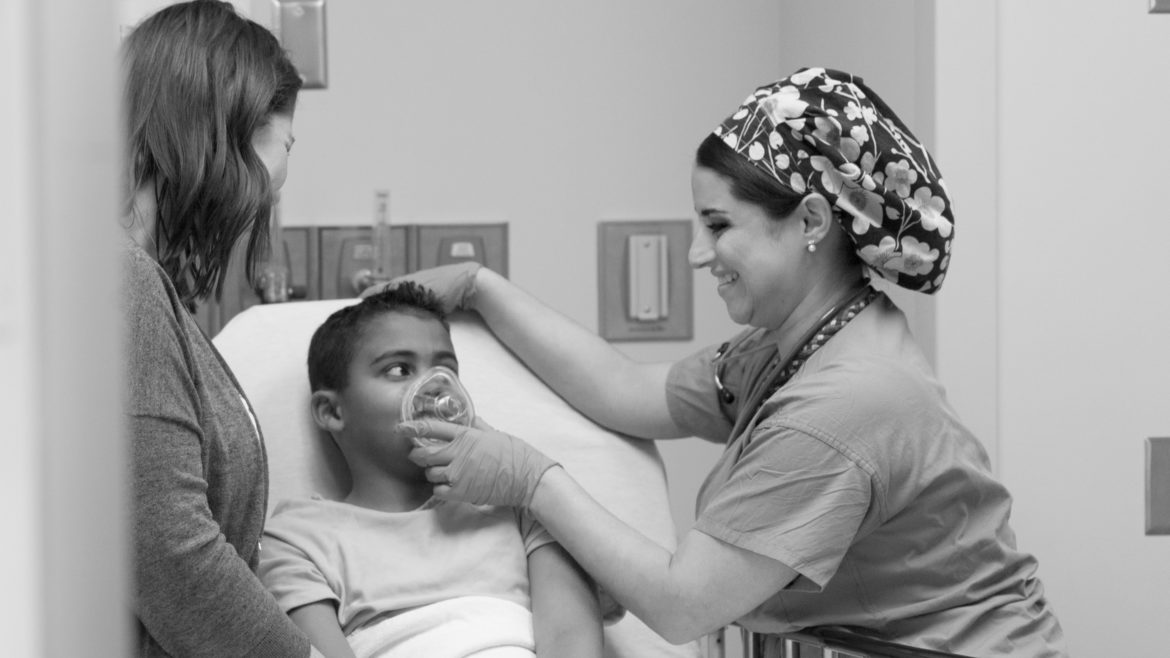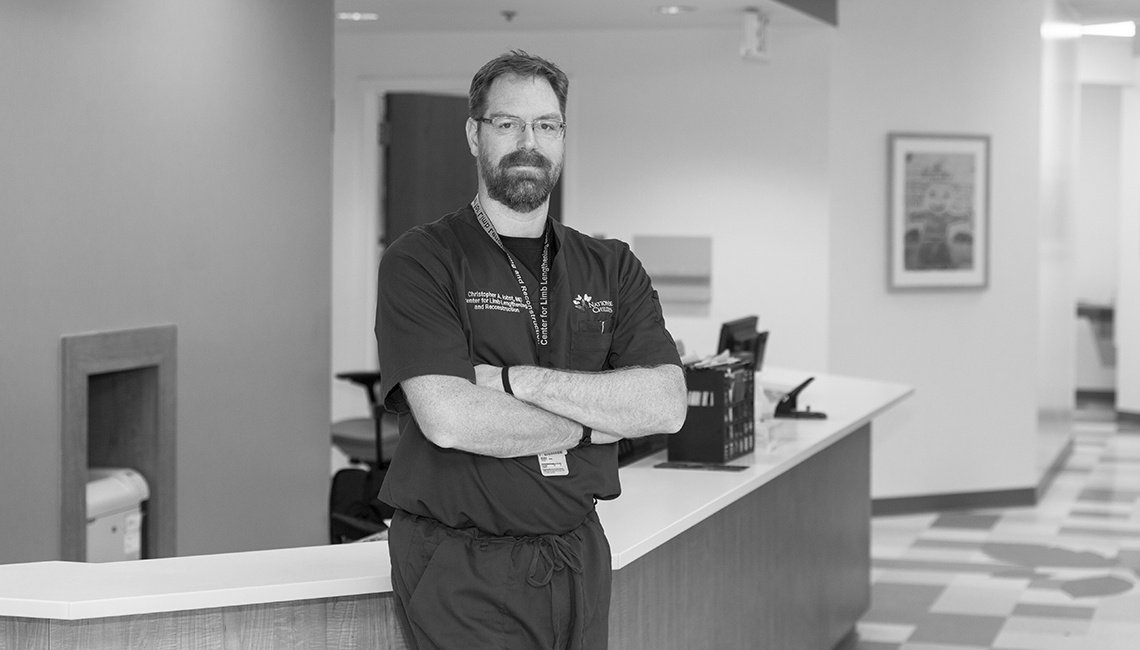The First Opioid-Prescribing Guidelines for Children Who Require Surgery
The First Opioid-Prescribing Guidelines for Children Who Require Surgery https://pediatricsnationwide.org/wp-content/uploads/2021/04/112017BS0079_Opioids-crop-1024x573.jpg 1024 573 Lauren Dembeck https://pediatricsnationwide.org/wp-content/uploads/2021/03/Dembeck_headshot.gifProviders should recognize the risks of opioids, maximize nonopioid regimens, and educate families appropriately. The first opioid-prescribing guidelines to address the unique needs of children who require surgery have been published by an expert panel in JAMA Surgery. The new guidelines aim to help health care professionals caring for children and adolescents in the perioperative…





